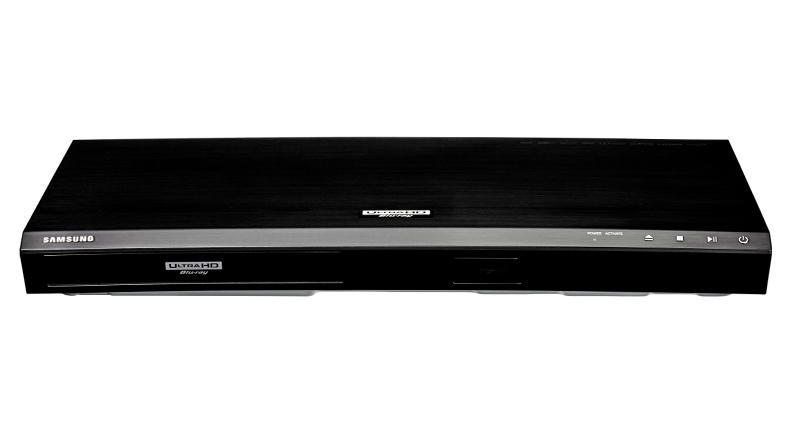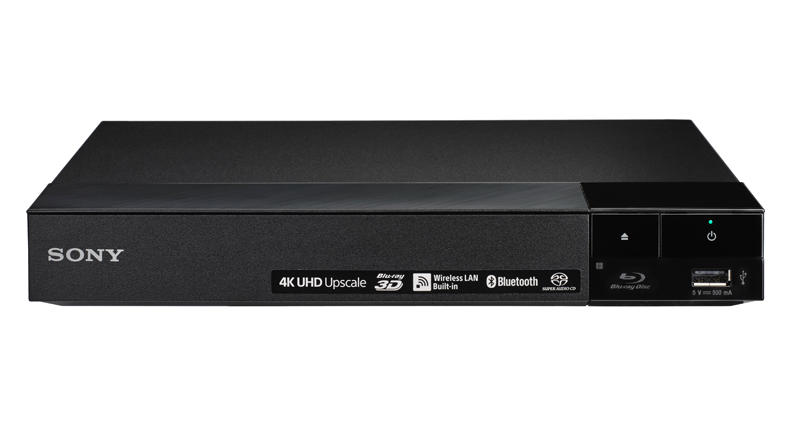

The last significant difference between the UB400 and UB300 comes from the fact that neither of the new models carry fluorescent displays like the UB700 and UB900 do. Neither the UB400 or UB300 enjoy the THX certification obtained by the UB900, and both of the new models ship without the SD card slot sported by the UB700 and UB900 decks. The UB300 also differs from Panasonic’s other UHD BD players - including the UB400 - in not supporting wi-fi, the remastering of digital audio, or Panasonic’s ‘High Clarity Sound premium’.



So where exactly do the new models differ from the UB700 and UB900? For one thing, while the UB400 still retains a twin HDMI output, the UB300 only has a single HDMI, meaning you can’t output the video from one HDMI and the audio from another. Not surprisingly given all their picture technology, the new UB400 and UB300 decks both meet the industry’s Ultra HD Premium standard.īoth models also support Panasonic’s HDMI Low Clock Jitter Process, and support playback of the same wide-range of audio formats, including WAV, FLAC, ALAC, AAC, MP3, WMA and DSD.īoth decks also still support 4K streaming of Netflix (including HDR), YouTube and Amazon, and both decks still offer USB playback support. For instance, you can get the player to raise the brightness of the darkest image parts if you’re watching in a bright room, so that detail in such areas becomes easier to see. New HDR ambient light compensation featureīoth models also appear to avoid the chroma production errors that marginally mar picture quality on the Samsung K8500 deck, and intriguingly, both new models also carry a new HDR picture feature for Panasonic UHD BD decks, whereby the players let you adjust the image to compensate for the light conditions in your room. This means both budget models still get Panasonic’s 4K High Precision Chroma Processor for advanced color performance Panasonic’s 4K Direct Chroma Upscaling for converting all images from 10-bit to 12-bit for reduced color banding noise, and Panasonic’s proprietary Dynamic Range Conversion system for more intelligently down-converting HDR to SDR (an excellent feature for people with non HDR 4K TVs). For starters, remarkably both decks still boast exactly the same picture quality engine sported by the UB700 - which itself only varied from the imaging system offered by the flagship UB900 in not sporting Panasonic’s Edge Adaptive Chroma Processing system (for delivering a touch more natural refinement to the edges of objects).


 0 kommentar(er)
0 kommentar(er)
